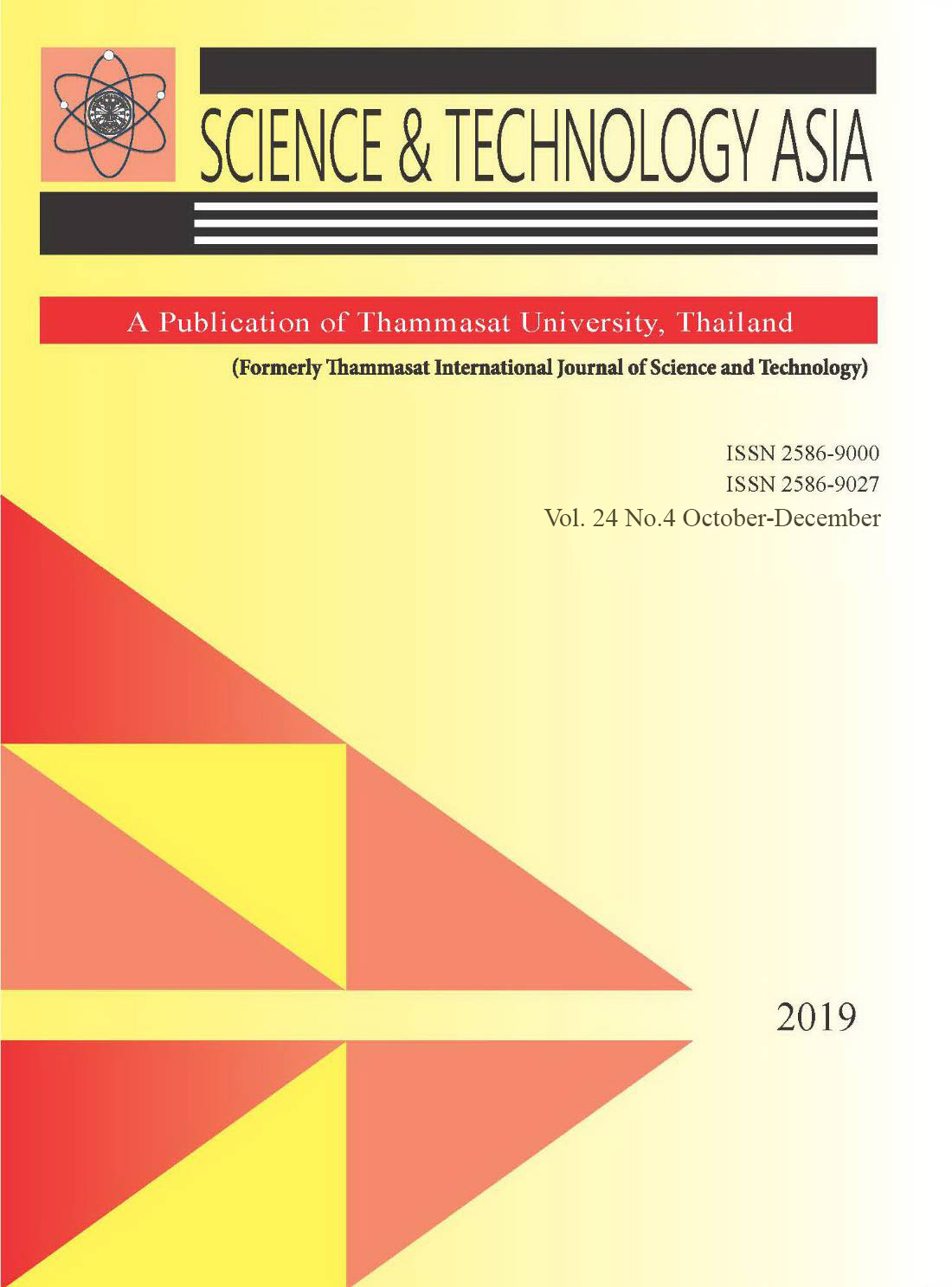Increase Stability of Soft Clay Embankment for Flood Prevention Using Compaction and Lining Techniques
Main Article Content
บทคัดย่อ
The purpose of this research is to study and compare the stabilities of soft clay embankments for flooding protection using soil compaction and soil lining techniques in construction. There are five types of soft clay embankments with three-meter height used in this research. The width at the top of the embankment is one meter and the vertical to horizontal ratio of slope of embankment on the water side equals 1:1. The soil compaction technique was used to construct the embankment types 1, 2 and 3 and the value of coefficient of permeability of clay in embankment to be 1x10-5 cm./sec was given. The vertical to horizontal ratio of slope of embankments on the dry side equal 1:1, 1:1.5 and 1:2, respectively. The soil lining was used to construct the embankment types 4 and 5 and the vertical to horizontal ratio of slope of embankments on the dry side equals 1:1, without compaction techniques. Lining material with 0.10 meter thickness was placed on the water side surface of the embankment. The coefficient of permeability of lining material used in embankment types 4 and 5 equals 1x10-5 cm/sec. and 1x10-6 cm./sec., respectively. The research process consisted of using parameters obtained from shear strength test and water flow test through soft clay embankment simulated in laboratory to analyze water flow and slope stability analysis of the embankment. In addition, the area and budget for construction of embankment, not including the soil compaction and soil lining cost, were used to select the suitable type of soft clay embankment. The results showed that the soft clay embankment type 5, using soil lining on the water side surface of the embankment, was the most suitable embankment. Also, the level of stability of the soft clay embankment type 5 had the highest value with the need to use area and budget for construction less than embankment types 1, 2 and 3.


